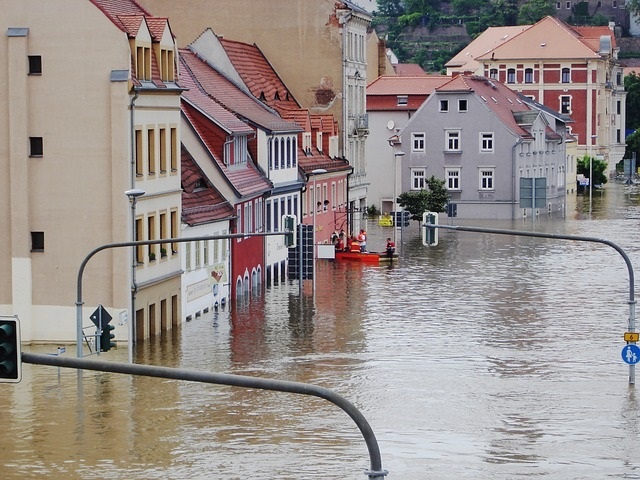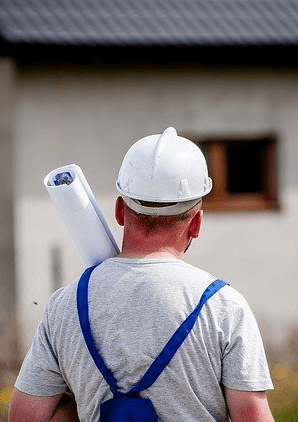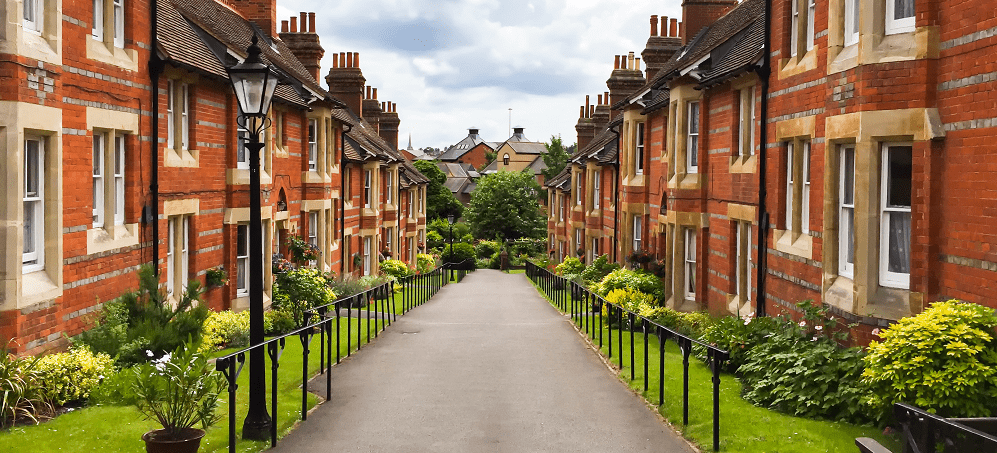Why are Property Owners Insurance Premiums Increasing?
As a property owner owning a single domestic let or perhaps a block of flats, the owner of larger commercial premises, property owners insurance is one of those essential business purchases, after all having a large fire or burst water pipes without insurance means that it’s going to cost you considerably. For many years the property insurance market has been very competitive until recently that is. So, why are property owners insurance premiums increasing?
For years insurers have seen the property insurance market as being a reasonably safe place to be, this has created a lot of competition in the market, to the point that by the time insurers have paid out commissions to intermediaries, their administration costs and expenses, have meant that there is increasingly less money to go round. The result is it’s all culminated in significant premium hikes for property owners and landlords.
With everything starting to become much more expensive for insurers, these costs need to be passed on somewhere, and that’s to the policyholder.
How will premium increases affect property owners
It’s not just a straightforward premium increase, whilst the premiums for property owners are increasing for some it’s even worse, just getting cover for others has become increasingly difficult.
Whilst flood insurance has for many years been a problem, for insurers, it’s a continually changing landscape… literally! Even a few years ago where insurers were happy to continue at normal terms for many property owners without any increase in premium or excess, this has changed and so many more property owners are finding themselves in flood areas where it was once never a problem.
Building construction has also been in the spotlight, how the building is constructed is now an issue where once it never was, who would have thought that insulation designed to be on the outside of a building would accelerate a fire. These are just some of the issues affecting landlords and property owners.
Natural Disasters affecting property owner’s renewal premiums
In recent years the historically erratic British weather has become much more unpredictable, we all remember when the seasons were exactly that, seasons, snow in the winter and long hot summers, well not anymore.

Whatever people’s views on this, the fact remains that insurers are taking the brunt of this, as an example in 2018 there was “The Beast From the East”, which I am sure we all remember, this resulted in around £328 million of property claims in the first quarter of that year. As every year passes and with more named storms wreaking havoc, insurers are now taking the opportunity to increase premiums to effectively shore up reserves for future losses, this of course means that premium increases for property owners and landlords are inevitable.
What effect has Covid 19 had on property owners insurance?
Well, this one was something that no one saw coming, particularly insurers. Putting aside any Covid payments that insurers have made, property claims increased throughout lockdown too, this was due to several factors.
With many properties closed through the Covide 19 pandemic lockdown, incidents such as burst pipes for instance which would usually be noticed quite quickly under normal circumstances, remained undetected for extended periods, the result being that property damage was substantial and therefore increased costs for insurers.
With premises remaining unoccupied quite naturally it attracts vandalism and theft from the property and with owners or tenants of the property not attending for some time the situation only got worse increasing claim amounts.
Why does modern methods of construction affect insurance premiums?
For decades buildings have been of what would be considered standard construction, brick or block with slate or tiled roof, for commercial premises, brick and clock with steel cladding and in many cases asbestos or asbestos cement roofing was the order of the day. As a property owner insurance was easily obtainable and insurers knew the risks they were being asked to insure.
Modern constructed buildings however need to meet environmental standards and satisfying these standards can create a bigger headache for insurers, particularly as the very materials that have traditionally been employed in building construction are no longer used. Modern timber constructed buildings, cladding to buildings exterior might be great for the environment but not for insurers, ultimately this has resulted in property owners insurance premiums increasing.
The construction of buildings now plays a significant part in the decision-making process when it comes to the calculation of insurance premiums, with some insurers refusing to cover certain types of properties.
Increased costs for building materials
When an insurer takes on the risk of providing insurance for a property many factors are used to calculate the premium itself, whilst there is a multitude of factors the cost of materials in recent times has escalated along with their availability and the cost of labour to rebuild following a loss. 18 months after the start of the pandemic and timber had near on quadrupled in price, a factor an insurer cannot ignore and whilst these should be included in the property reinstatement value, has the sum insured provided to the insurance company kept pace with these increases. Many of these have culminated in insurance costs for property owners increasing.

The five best tips to keep your property owners premiums under control
Don’t leave it too late
It’s no good waiting until the last minute and then hoping that everything will be fine, start the process with your insurance broker early, doing this allows insurers to ask further questions about the property if required and longer to consider what premiums or terms they are going to offer, the construction of the premises is the most important piece of information a prospective insurer will require.
Avoid underinsurance
Underinsurance is one of those things that most people have heard of, when it happens unfortunately it can mean the claim payments are substantially below what was expected, that’s not good for anyone and is so easily avoided with the right advice. You can find out much more about how underinsurance works, Just Click Here It’s believed that up to 80% of commercial premises and residential domestic houses are underinsured** with average underinsurance of 40% of the correct building sum insured, that’s potentially a huge amount of money.It’s not just about receiving much less than expected because of underinsurance. If the difference is significant it’s even possible that the insurance company, had they been aware of the correct reinstatement/rebuild sum insured may not have offered terms in the first place, this could be a disaster as that could mean the claim is turned down completely.Having your premises professionally assessed can mean that in the event of a claim you are not burdened with the uncertainty of being underinsured. Speak to us about arranging a survey for building reinstatement costs, it’s very competitively priced and quick as well as being carried out by an RICS qualified surveyor. Having the correct amount means that in the event of a loss neither you nor your tenants are inconvenienced by a prolonged inability to trade, meaning you both can back to business as usual quickly.
Knowing your tenants
Who are your tenants, what do they do, its important that you keep your insurer up to date with the tenants in your property, different types of trade attract different terms? When you take out the policy having heavy or riskier trades might mean you have increased premiums or terms, if these change throughout the year it’s important that keeping your insurer up to date with any changes as this could mean that you benefit from a reduction in premium. This could affect both the cost of the insurance for the premises as well as other covers such as loss of rent.
Keep the rent coming in
Loss of rent is an important extension of a property owners policy, if your premises sustain a loss you will need to ensure that you remain to be paid for the rent that you would have been expecting.Loss of rent cover is easily added to a property owners policy, it’s something that you need to calculate on an annual basis and provide to your broker at each renewal. Loss of rent insurance can be purchased on an indemnity period, these are usually a minimum of 12 months but can be extended to 24 or 36 months or more. It’s prudent to take out insurance for the longest period, don’t just assume that the premises will be rebuilt quickly.
Make sure that your rent is calculated correctly and also allow for additional tenants as well as an increase in rents over the indemnity period.
We have discussed why property owners insurance premiums are increasing along with some ways to mitigate these increasing costs by helping and providing your broker with as much precise information about the premises and your requirements as possible.

You can speak to your broker or discuss your requirements with Real Insurance, we can provide advice, we are not a call centre and we will help you to potentially reduce your premiums. Speak to on 01623 889530 and find out how e can help you with your property owners insurance.
** According to Rebuild Cost Assessment



